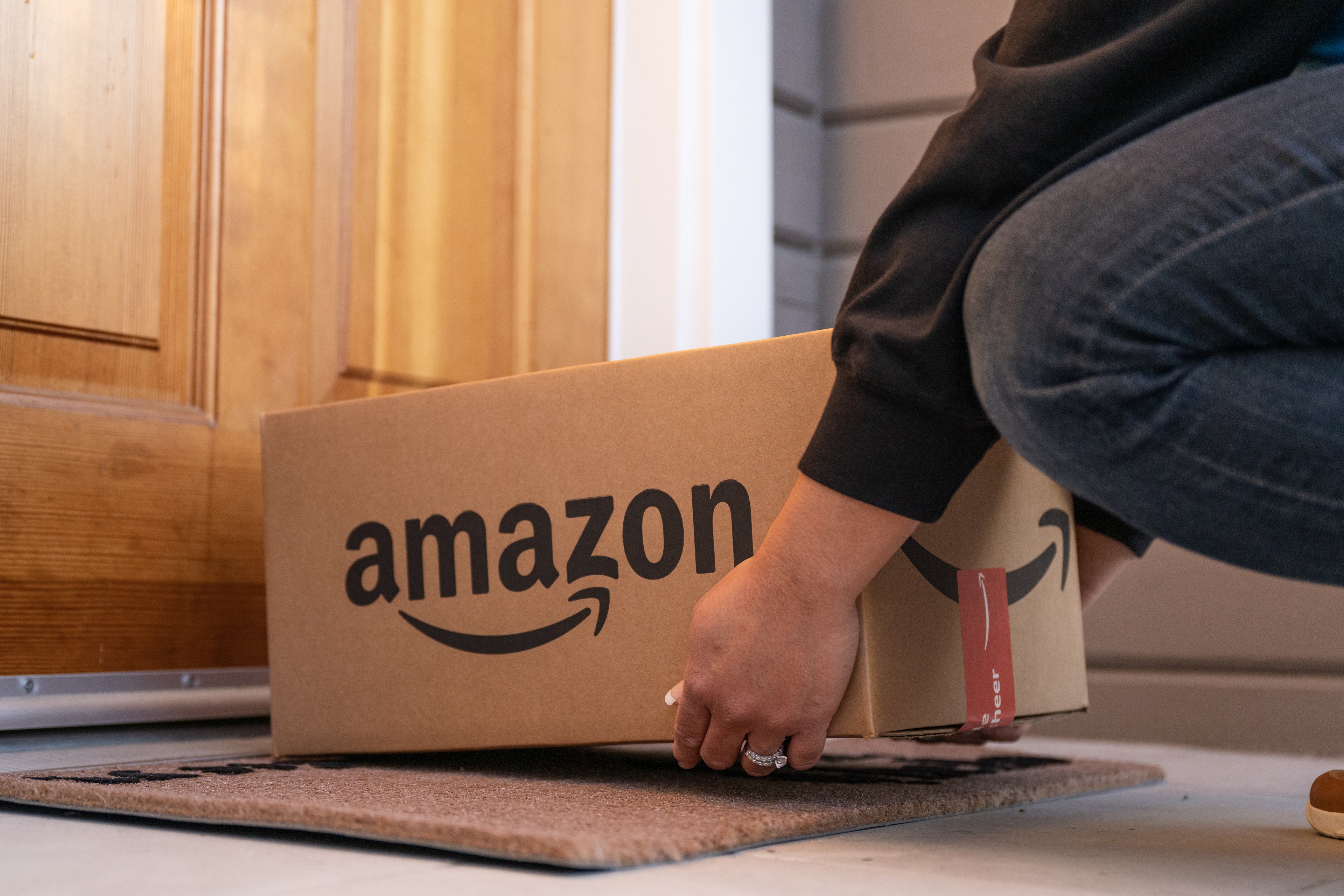There's no reason to bury the lede. Amazon (AMZN +3.00%) just had its best quarter ever, posting record revenue and profits on blowout growth as the company became essential during the pandemic. Coming into the second-quarter report, there were a number of signs pointing to a blockbuster quarter from the tech giant, and Amazon delivered -- and then some.
Revenue jumped 40% in the quarter to $88.9 billion, driven by strong e-commerce demand around the world. That result easily beat the company's own guidance for 18%-28% top-line growth and analyst estimates of a 28.6% increase to $81.5 billion. Amazon's bottom-line result was even more eye-popping: After forecasting operating income ranging around break-even for the second quarter, operating profit nearly doubled to $5.8 billion, and earnings per share jumped from $5.22 a year ago to $10.30, dwarfing the analyst consensus at $1.46.
On the earnings call, management explained that the second quarter is historically the slowest period for retail sales, so the company was able to ramp up its excess fulfillment capacity, which exists to support demand during the holiday season; that pushed operating leverage higher.
However, what was particularly impressive about the blowout profit result was that it came in spite of the company's spending $4 billion on COVID-19-related expenses, including personal protective equipment, extra cleaning, higher wages for warehouse employees, and investments in its own testing lab. In more normal times, operating income would have approached $10 billion in the quarter without those costs, assuming that demand had been the same.
Management stressed the unique conditions that led to the monster profits, as fixed costs were highly leveraged and the company saved in areas like business travel, marketing, and even healthcare. Still, it's worth examining how Amazon was able to double operating profits to record levels in a quarter in which it had intended to merely break even.

Image source: Amazon.
International e-commerce got out of the red
For the first time in years, Amazon turned a profit in its international e-commerce business. The company has been operating at a loss in the segment as it develops infrastructure in India and elsewhere and builds up its Prime membership base. It finished the quarter with $345 million in profit, up from a loss of $601 million a year ago.
With much of the world coping with the impact of the global pandemic, the international segment saw a comparable jump in sales to North America, rising 38% to $22.7 billion, compared to 43% increase in its home market.
That surge helped improve operating leverage. Management pointed to particularly strong results in the U.K., one of its biggest markets outside the U.S.
AWS gained leverage
Though revenue growth actually slowed at Amazon's cloud-computing division, Amazon Web Services, profits surged. AWS's top line increased 29% to $10.8 billion, while operating income in the segment jumped 58% to $3.4 billion. AWS remains the company's biggest source of profit, and a high-margin business that should continue to lift the company's overall profit margin over time.
On the call, management said that the backlog for AWS, measured in revenue commitments, rose 65% from a year ago and 21% from the last quarter, showing strong demand for its cloud infrastructure service during the pandemic. Technology and content, a major component of AWS's costs, rose just 15% to $10.4 billion, one example of the fixed costs the company leveraged in the quarter.
The economic moat's getting wider
Over the last few years, Amazon has transitioned from a low-margin company to a profit machine. The emergence of AWS has been one component of that success, but the company's ability to leverage its competitive advantages as the dominant e-commerce company may be an even bigger reason. For instance, third-party sales, which outgrew direct sales during the quarter, tend to be higher-margin, as Amazon collects sales commissions and fulfillment fees while using the infrastructure it's already built for first-party sales. Advertising, which has also become a sizable business, works similarly.
Revenue from third-party seller services jumped 53% in the quarter to $18.2 billion as marketplace sellers also benefited from the pandemic, and its "other" category, which is primarily made up of advertising, saw 41% revenue growth to $4.2 billion. The strength of its advertising business is also notable given challenges to other ad-driven platforms in the second quarter.
What's next
Management tried to tamp down expectations about profits remaining this elevated, calling the quarter "highly unusual," and third-quarter guidance forecast a more modest operating profit of $2 billion-$5 billion, with more than $2 billion in COVID-19 expenses. On the top line, it projected revenue growth of 24%-33%. However, after the latest performance, investors probably shouldn't take those forecasts too literally.
The second-quarter results show the kind of profits Amazon is capable of delivering. While the spike in demand was key, its ability to control its fixed costs and leverage its competitive advantages in areas like AWS and its third-party marketplace are also crucial. When the pandemic ends and demand normalizes, Amazon will be in a much stronger position, significantly bigger and with less competition.
That additional strength can't help but manifest itself on the bottom line.






